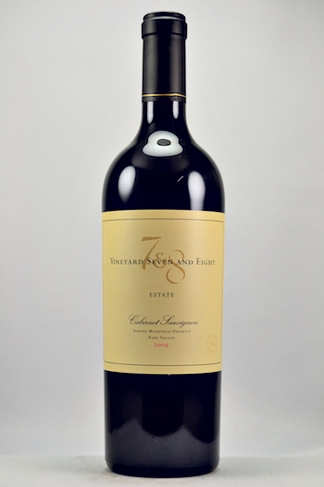So What’s Wrong With Riesling?
If Burgundy and Champagne did not exist, my favorite wine would be German Riesling.
Several years ago I wrote a piece extolling the virtues of this noble varietal. And as wonderful, versatile and expressive Riesling is, the amount of it sold in the state of Hawaii is pathetic. Importers and winemakers alike wonder what wrong with us.
Well, here is what I think is wrong with Riesling.
It is sweet. There, I said it. Everyone immediately thinks of Riesling as a sweet wine. Even though it can be made bone dry, dryer even than Sauvignon Blanc, almost no one thinks of Riesling as a dry wine.
Wait a minute. Moscato d’Asti is sweet, and it has exploded in popularity over the past few years. Drinkers also point out that Moscato d’Asti is low in alcohol. Riesling also is relatively low in alcohol, hovering between 8 percent and 11 percent ABV. So it should be just as easy to drink. There also are plenty of red wines that have residual sugar in them and they do just fine in terms of sales and also are growing in popularity.
So what is wrong with this picture?
Well, the truth is that Riesling’s ability to produce both a sweet and dry version also is a weakness. When drinkers reach for a bottle of Riesling, they want something sweet. And yet in German Wine Law there are no less than five different levels of potential alcohol that translate into degrees of sweetness in the finished wine. Who can remember Kabinett, Spatlese, Auslese, Beerenauslese and Trockenbeerenauslese off the top of their heads? And don’t get me started on Trocken and Halbtrocken or Herb and Feinherb! German wine producers must think Riesling can be everything to everyone. Das ist ein mistake.
Different vineyard sites should be bottled on their own, but did they ever think of making just two versions?
Perhaps one dry and one sweet? You would not be compromising quality or vineyard identification; who really needs five different versions of the same vineyard? Did I mention that some producers make special bottlings from single barrels, too? Confusion is the word that comes to mind when consumers try to find what they really want on a German label.
Riesling also is light. It can be light as air but piercingly intense. But it can be too light in both weight and color. We are all accustomed to thinking that visually stunning things, including color and intensity, are better than discrete and more elegant versions. Riesling has almost no color at all, and having such meager alcohol, it barely touches the palate. It does not envelope or paint the palate with texture like Chardonnay does, or any red wines, for that matter. It feels more like water. And if a winemaker tries to add body by putting Riesling into new oak, the Riesling flavors get blasted away.
Lastly, as brilliant as it is with food, especially our Hawaii Regional Cuisine, there is no substitute for pigment. Riesling is a white wine, and believe it or not, Hawaii drinks more red. A friend of mine who is a winemaker and importer likes to say, “The first responsibility for a white wine is to precede a red.” Riesling will never replace a red for any red meat dish: beef Bourguignon, braised osso bucco, a perfectly grilled steak, a rack of lamb or even roasted duck.
I love Riesling, but I am in the minority.
Recommendations: 2010 JJ Christoffel Urziger Wurzgarten Riesling Kabinett ($25) This drinks sweeter than most Kabinetts and is more tropical and utterly delicious. Exotic fruits bolster the rich sweetness here. 2009 Vineyard 7&8 Cabernet Sauvignon Spring Mountain ($75) This is an explosively rich and decadent Cabernet. Blackberries, vanilla, mocha – deep and thick. Impressive!
Roberto Viernes is a master sommelier. Email rviernes@southernwine.com or follow him on Twitter @Pinotpusher.






